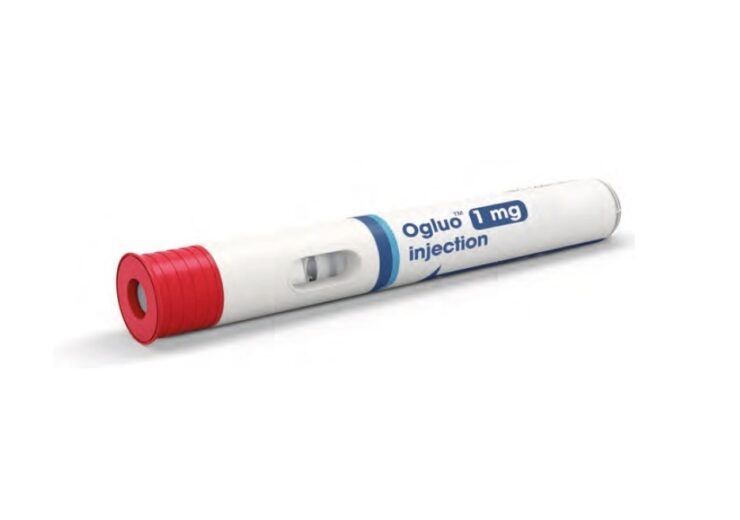The EC approval allows the sale of Ogluo in all 27 European Union (EU) member countries, along with Iceland, Norway, and Liechtenstein

Xeris gets EC approval for Ogluo. (Credit: Business Wire.)
Xeris Pharmaceuticals has secured the European Commission (EC) approval for Ogluo (glucagon) injection to treat severe hypoglycaemia in people aged two years and older, with diabetes mellitus.
The EC marketing authorisation allows the commercialisation of the Ogluo in all 27 European Union (EU) member countries, along with Iceland, Norway, and Liechtenstein.
Prior to the marketing authorisation, European Medicines Agency’s (EMA) Committee for Medicinal Products for Human Use (CHMP) has granted a positive opinion for Ogluo, in December 2020.
The company is expected to complete a further administrative step to obtain a license in Great Britain, as the EC approval was granted after the end of the Brexit transition period.
The UK Medicines and Healthcare Products Regulatory Agency (MHRA) is not expected to re-examine the clinical data.
Xeris Pharmaceuticals chairman and chief executive officer Paul R Edick said: “This EU approval for Ogluo is a major milestone for Xeris and a significant advancement in the treatment of severe hypoglycaemia for the diabetes community in Europe.
“Hypoglycaemia is the #1 side effect of insulin, and severe hypoglycaemia is the most urgent emergency any person with diabetes could face.
“Ogluo, the first pre-mixed auto-injector for severe hypoglycaemia, can help offset the inherent risk associated with insulin. We are preparing to launch Ogluo later this year, while simultaneously seeking a commercialisation partner in which to broaden the availability of Ogluo to more European countries.”
The EC approval of Ogluo was based on data from a Phase 3, multi-centre, randomized controlled, non-inferiority study, conducted in 132 adults with type 1 diabetes in Europe and North America.
The study evaluated the liquid stable glucagon auto-injector as a treatment for severe hypoglycaemic events, compared with Novo Nordisk’s GlucaGen HypoKit.
The results showed comparable efficacy between the two groups, in achieving plasma glucose of greater than 3.89mmol/L or a relative increase in plasma glucose concentration, within 30 minutes of administration.
Also, the time to resolution of hypoglycaemia symptoms as well as time to resolution of the overall feeling of hypoglycaemia were comparable in the study.
The most common adverse reactions in the study include nausea and vomiting, with no safety or tolerability concerns reported.
University of Graz division of endocrinology and diabetology chair Thomas Pieber said: “Hypoglycaemia is a neglected complication of glucose-lowering therapy in patients with diabetes mellitus. Attempts made at intensive glycaemic control invariably increases the risk of hypoglycaemia.
“In patients experiencing severe hypoglycaemia an increase in deaths up to six-fold has been associated to diabetes in comparison to those not experiencing severe hypoglycaemia. Patients with diabetes should be evaluated for the risk of clinically important hypoglycaemia and have access to ready-to-use glucagon.”
